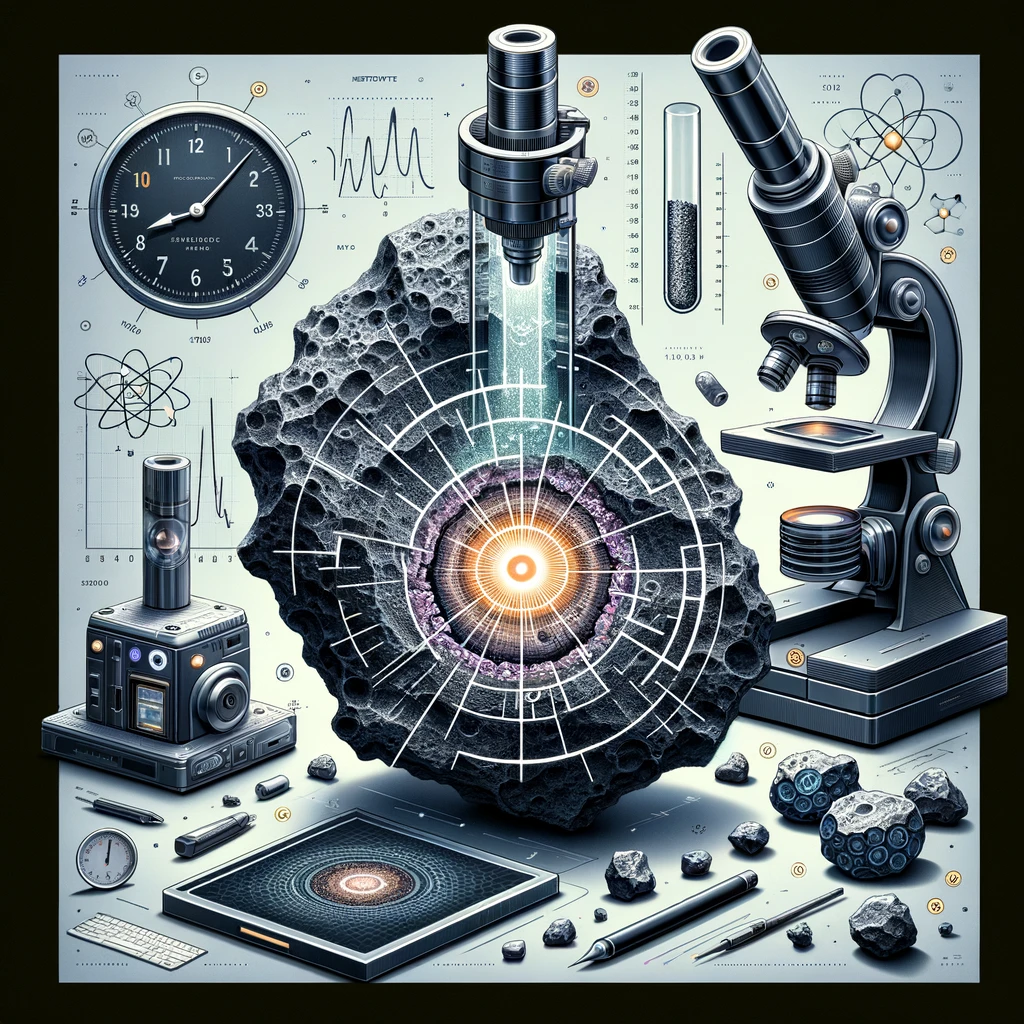The Sun, the center of our solar system, is approximately 4.6 billion years old. This estimate places the formation of the Sun and the rest of the solar system at roughly the same time, marking a pivotal moment in the cosmic timeline that led to the development of planets, moons, and ultimately life on Earth as we know it. Understanding the age of the Sun is crucial for astronomers and scientists as it provides insight into the lifecycle of stars and the history of our solar system. This article explores how scientists have determined the age of the Sun and the significance of this discovery.
Determining the Age of the Sun

The age of the Sun cannot be measured directly. Instead, scientists have developed several methods to estimate its age, each contributing to our current understanding.
1. Radiometric Dating of Solar System Materials: One of the most reliable methods for determining the Sun’s age is through radiometric dating of materials from the early solar system. Meteorites, remnants from the solar system’s formation, serve as time capsules. By analyzing the decay of radioactive elements within these meteorites, scientists can calculate how long these materials have been forming. The oldest meteorites have been dated to about 4.6 billion years, which is thus considered the age of the solar system, including the Sun.
2. Models of Stellar Evolution: Astronomers use theoretical models to understand how stars develop over time. These models consider how stars of different masses burn their fuel and evolve from one stage to another, eventually becoming red giants and, depending on their mass, ending as white dwarfs, neutron stars, or black holes. By comparing these models with observed characteristics of the Sun, such as its luminosity, surface temperature, and chemical composition, scientists can estimate how long it has been on the main sequence, burning hydrogen into helium. This comparison has consistently supported the 4.6 billion-year age estimate.
3. Helioseismology: This relatively new field involves studying vibrations and movements on the Sun’s surface caused by sound waves bouncing around inside it. These oscillations provide clues about the Sun’s internal structure and composition. By understanding these internal dynamics, scientists can refine models of solar evolution, further corroborating the Sun’s age.
The Significance of the Sun’s Age

Knowing the age of the Sun has profound implications for various scientific fields. It not only anchors the timeline of the solar system’s formation but also informs our understanding of stellar lifecycles and the potential for life on other planets.
1. Solar System Formation: The age of the Sun provides a timestamp for the formation of the solar system. It sets the stage for understanding the processes that led to the formation of planets and the development of environments that could support life, particularly on Earth.
2. Stellar Evolution: The Sun’s age offers insight into the lifecycle of similar stars. By studying our Sun, scientists can make predictions about the stages other stars will go through and how solar systems around them might evolve.
3. Search for Extraterrestrial Life: Understanding the age and lifecycle of the Sun helps in the search for life beyond Earth. By identifying stars of similar age and composition, astronomers can pinpoint systems where life might have had enough time to develop.
4. Future of the Sun and Earth: Knowing the current stage of the Sun’s lifecycle allows scientists to predict its future developments. The Sun is currently in a stable phase, known as the main sequence, but it will eventually expand into a red giant, engulfing Mercury, Venus, and possibly Earth, before settling into its final phase as a white dwarf. This knowledge is crucial for understanding the long-term future of our planet and the solar system.
The age of the Sun, estimated at 4.6 billion years, is a cornerstone of astrophysical research, providing insights into the formation and evolution of the solar system. Through radiometric dating, models of stellar evolution, and helioseismology, scientists have constructed a comprehensive picture of the Sun’s past, present, and future. This understanding not only satisfies human curiosity about our place in the universe but also guides the search for life beyond Earth and the study of stars across the cosmos. As our methods of observation and analysis continue to improve, our grasp of the Sun’s age and its implications will only deepen, illuminating the mysteries of the universe one star at a time.

